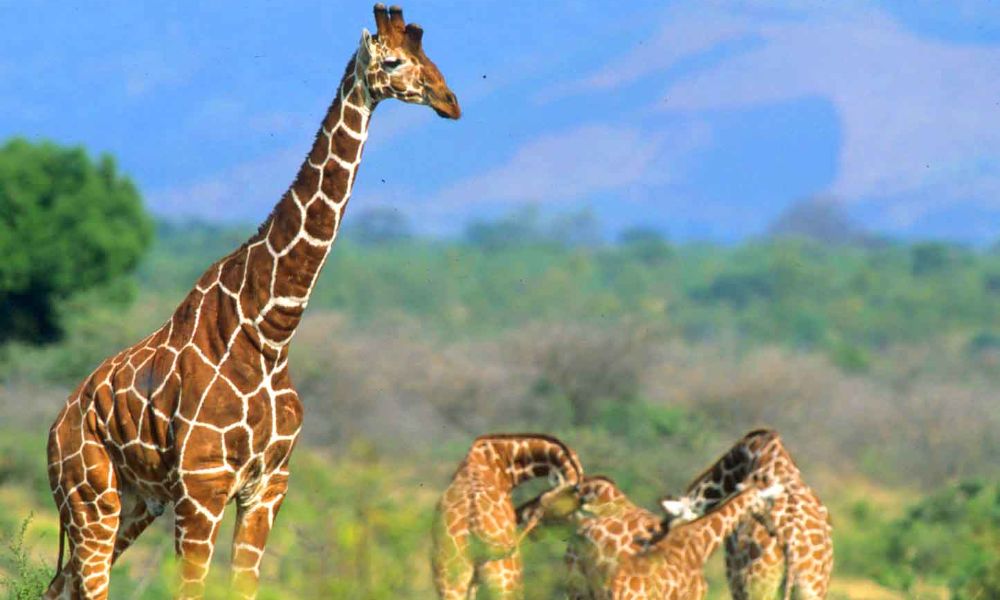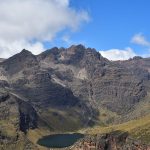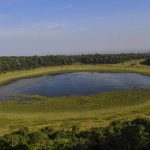Remote and unspoilt, Meru National Park is one of the least visited parks in Kenya despite being surrounded by a complete, beautifully undiluted wilderness. The equator bisects the park whose 1810 sq km landscape is mainly given over to bushland but with grasslands in the west. Thick forests grow along the park’s many watercourses.
Meru became more famous after the worldwide release of the 1966 film ‘Born Free’ which charted the story of a hand-reared orphan lioness named “Elsa” by animal conservationist Joy Adamson. It is the setting for the legend of Elsa the Lioness. Elsa and her sisters, ‘Big One’ and ‘Lustica’, were orphaned on 1 February 1956 after George Adamson was forced to kill their mother when she charged at him, in defense of her three cubs. George and his wife Joy then adopted the lioness’s four-day-old cubs. When Elsa eventually died, Joy buried her and is herself buried at the same site – Adamson’s Falls – next to the Tana River. A small plaque marks the grave among the often-abstract shaped weathered granite blocks that have been formed by the waters.
The vegetation in Meru National Park is mostly thorny bush land in the North, wooded grasslands in the West and open grassland elsewhere. It also offers dense riverine forests of Doum and Raffia palm. The Park has 13 rivers and a myriad of mountain streams that feed into the Tana River. In this pristine wilderness, you can view a great range of wildlife including Grevy’s zebra, elephants, eland, bush pig, waterbuck, cheetah, leopard, Reticulated giraffe, hippopotamus, Bohor reedbuck, hartebeest, python, puff udder, cobra, buffalo, more than 427 recorded species of birds.
There is a lovely lodge by the riverbanks by the name Rhino River Camp, Meru that is strikingly similar to Bali hotels.




